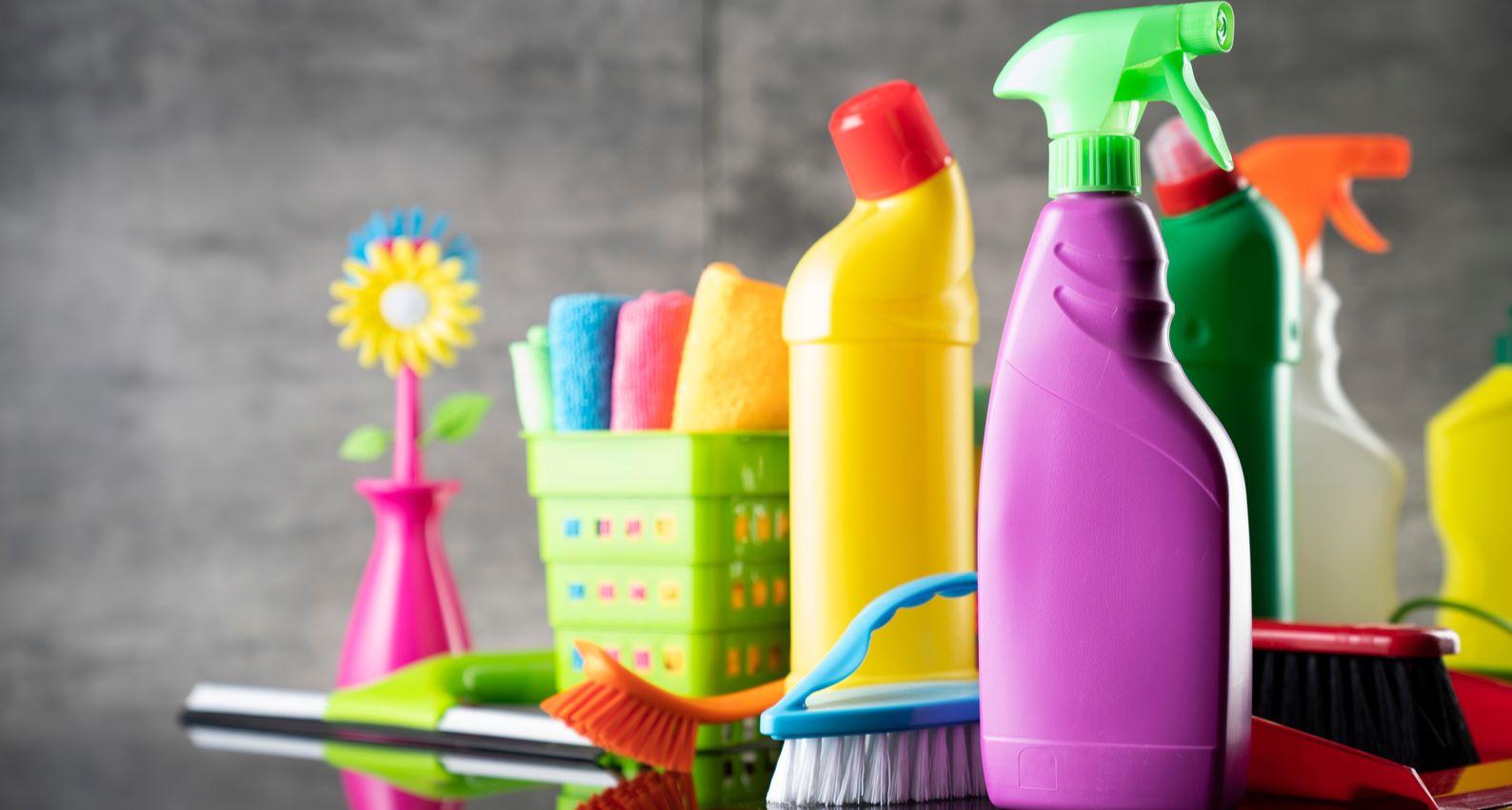Emergence of Self-Cleaning Products Sector
Published on 07 Jul, 2021

The self-cleaning products sector got a boost last year from the global pandemic. The need to keep hands sanitized and surfaces disinfected led to mass adoption of these products. The sector also saw many entrants and attracted the interest of investors. In addition, self-cleaning products continue to evolve and become more sophisticated as technology advances.
The market for self-cleaning products is witnessing exponential growth. This sector, which includes products such as smart antibacterial and antiviral paints & coatings and water bottles, is estimated to reach USD 1.3 billion by 2025. Growth was earlier led by healthcare-acquired infections and antibiotic-resistant bacteria; however, the ongoing battle with COVID-19 has further driven the market. The rising need to provide safer workplace and public places as well as improved public health has stimulated growth in the market.
Various innovative products in different categories are available in the market and can be used to clean/disinfect surfaces at each point of contact:
- Surface Coatings – Self-cleaning/sanitizing surface coatings can be applied on surfaces (e.g., glasses, floors, walls, doors) to keep them free of germs, dirt, and grime. These coatings are fabricated such that they can chemically break down the absorbed dirt in sunlight and create an invisible physical barrier to keep the surfaces clean. Such coatings are being widely used in offices and public places. The global market was valued at USD 109.7 million in 2020 and is estimated to expand at a CAGR of 4.4% to USD 142 million by the end of 2027.
- Plastics – Parx Materials has created Saniconcentrate, a plastic that makes a material or product more resistant to bacteria and viruses. It has its own immunity system and is composed of biomimetic substances.
- Garments – Manufacturers have been embedding silver nanoparticles in clothes for the last few decades. These particles kill bacteria by discharging positive ions. Further development in nanoparticles is enabling this area of textiles to become more sophisticated.
- Bags – Self-cleaning travel bags kill bacteria and sanitize everything inside the bags with one push of a button on the bag or smartphone. Currently, only startup company Paqsule is making self-cleaning bags; these bags use UV light and activated oxygen to kill harmful micro-organisms.
- Travel Wands – A pocket size sanitizer wand can be used to clean phones, laptops, keys, doorknobs, toilet covers, and many other things. It functions on the principle of UV sterilization to destroy bacteria and viruses.
- Bottles – Self-cleaning water bottles, which recently debuted in the market, uses UV-C LED light to eliminate biocontaminants from the water as well as the inner bottle surface. Apart from being used as a safety measure against the pandemic, these bottles are gaining popularity among the younger athletic generation who carry water bottles for their exercise regime.
- Toothbrush – There are self-sanitizing toothbrushes available in the market that use UV-C light to kill germs and micro-organisms. These toothbrushes have a replaceable head; hence, the bristles can be changed regularly.
- Diaper Changing Station – Pluie, a startup company, has introduced the world’s first diaper changing tables that self-sanitize after each use using UV-C light. These stations improve the experience of both children and caregivers in public restrooms as they are safe, hygienic, and comfortable.
Apart from these, there is a long list of self-sanitizing products available in the market such as sunglasses, phone covers, makeup brush, shopping bag, wallets, and socks.
Startups in this sector
The sector has seen the emergence of many new enterprises that are developing innovative products. UV technologies, such as UV-C sterilization and UV light, are observing widespread adoption for disinfection and have captured majority share in the market.
For example, UV Care, a new player in the air purifier space, deploys UV-C sterilization. This germicidal technology has short-wavelength UV light that kills or inactivates germs, viruses, and bacteria. The technology disrupts the DNA of germs by destroying nucleic acids, leaving them unable to perform vital cellular functions.
Sterilize-X also uses UV technology in its UV lamps. The lamp uses UV light and ozone sterilization to kill 99% of surface bacteria in only 30 minutes.
LARQ has emerged as a prominent player in the self-sanitizing bottle space and raised USD 10 million in 2020. LARQ’s bottles use UV-C LED to eradicate 99.99% of virus and bacteria. These self-sanitizing bottles are chemical-free and possibly the only mercury-free portable water sanitization system in the world.
Due to COVID-19, some startups have started innovating around nanoparticle-based technology to develop antimicrobial films/stickers. Based on this technology, NanoSeptic has developed mats that can keep dirty, high-traffic public touchpoints in continuous self-cleaning mode. NanoSeptic surfaces utilize mineral nanocrystals that create a powerful oxidation reaction to oxidize organic contaminants; there are no heavy metals or chemicals used in the mats.
Inspired by the human immune system, innovative startup Parx Materials is developing a unique technology that uses the body’s own trace elements to make plastics and polymers that are resistant to bacterial attachment and proliferation.
Outlook
The sector is witnessing a profusion of startups that are exploring different areas of contact and developing innovative technologies to provide health, safety, and curb the spread of infection. Investment firms are also anticipating further growth in the self-cleaning products market and are injecting capital to acquire equity stakes in the emerging startups. Companies in this sector are focusing on launching new products and solutions. In addition, they are constantly monitoring market trends, launching marketing strategies, taking systematic approaches to investment/divestment, strengthening long-term contracts, and so on. This is evident from the fact that the self-cleaning products market, which was on a lower growth trajectory, has now recorded a moderate-to-high growth trajectory for its 2028 forecast period.

